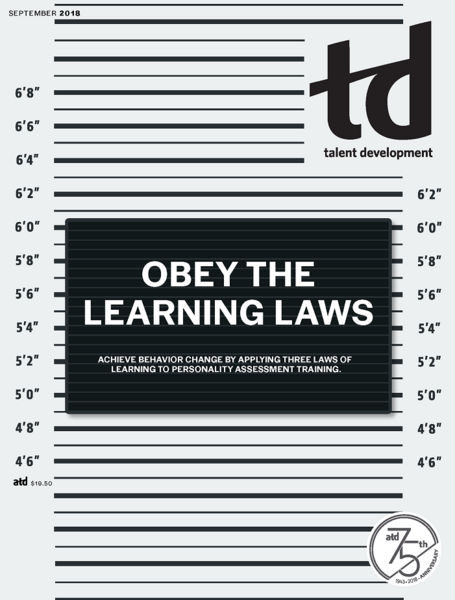TD Magazine Article
Level Up Your Instructional Design Skills
A review of Teach Like a Gamer: Adapting the Instructional Design of Digital Role-Playing Games by Carly Finseth
Fri Aug 31 2018
Teach Like a Gamer: Adapting the Instructional Design of Digital Role-Playing Games
By Carly Finseth
McFarland, 216 pp., $39.95
Whenever someone plays a video game, she learns. As Finseth explains in chapter 1, games include specific components—rules, goals, actions and interactions, feedback, and mechanics—that all either must be taught or are essential to teaching. And when it comes to role-playing games (RPGs)—which feature character customization, branched storylines, and talent and skill customization—players learn alongside their characters.
Not surprising, a life defined by gaming, learning, and teaching inspired Finseth to write Teach Like a Gamer. The book's purpose is to "introduce and discuss how and why role-playing games can be used and analyzed as instructional design artifacts." Finseth forms a research-driven case study based off information collected from three games: Rift, Diablo III, and Kingdoms of Amalur: Reckoning.
Within these games, the author has discovered many RPG mechanisms that instructional designers can apply to their work. These include giving learners the opportunity to experiment with identity as a means of learning; using specific scaffolding and feedback techniques to provide clear goals, explicit information, meaningful feedback, and plenty of opportunities to practice new skills; incorporating exploration and discovery into learning design; and interacting between difficulty, rewards, and achievements.
Chapter 7, "How Games Teach Their Players," brings all the book's research together, listing and explaining the instructional design techniques Finseth has uncovered. For example, the first subsection explains how RPGs create a cyclical learning pattern. "When players are taught new skills in RPGs they are given chances to learn something new, practice it, apply that knowledge to a specific goal, and then receive feedback on how well (or perhaps not so well) they accomplished the assigned goal," Finseth writes. She explains in depth each step's key features, highlighting how an instructional designer or university instructor may incorporate them into a course.
The subsequent chapter, "Role Playing Games in Instructional Design," builds upon chapter 7 with rules of thumb to help instructional designers ensure that they create game-based learning environments from a sound theoretical base. This chapter is a great resource for someone who prefers to use the book as a reference tool rather than a theoretical guide.
Overall, Teach Like a Gamer will help readers incorporate new, creative thinking into learning design. The entire book will get their minds moving, and its final chapters offer many useful takeaways for instructional designers and other talent development professionals.

